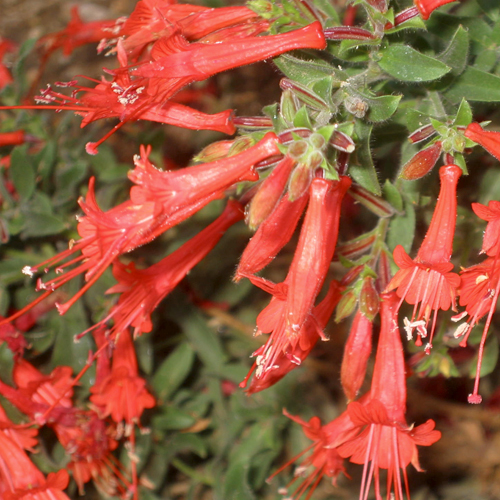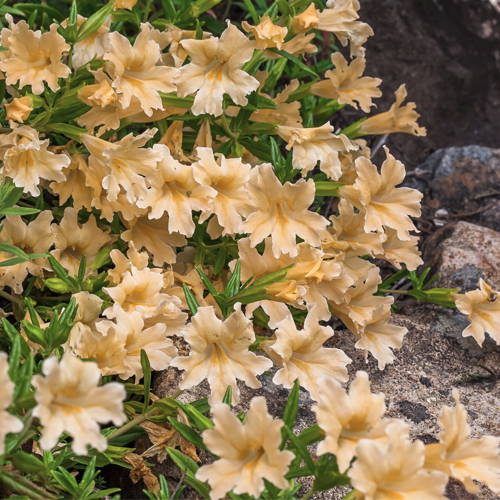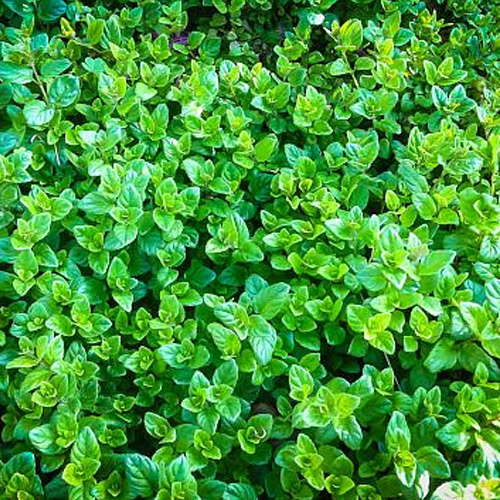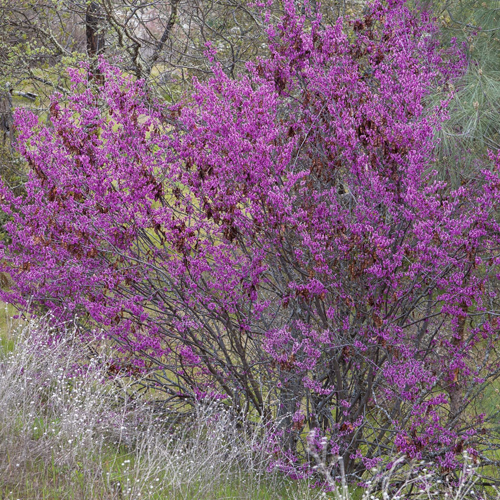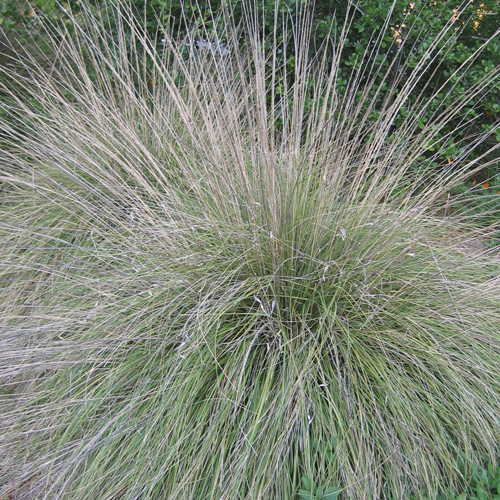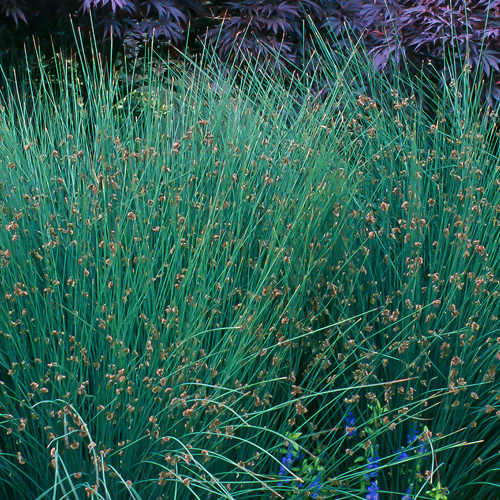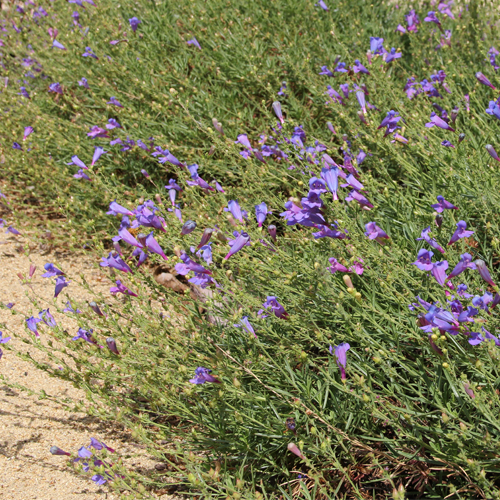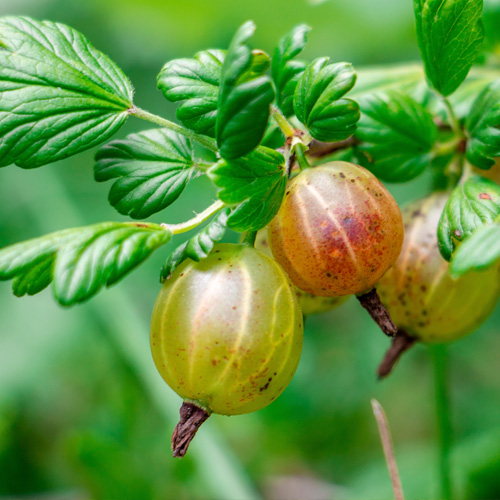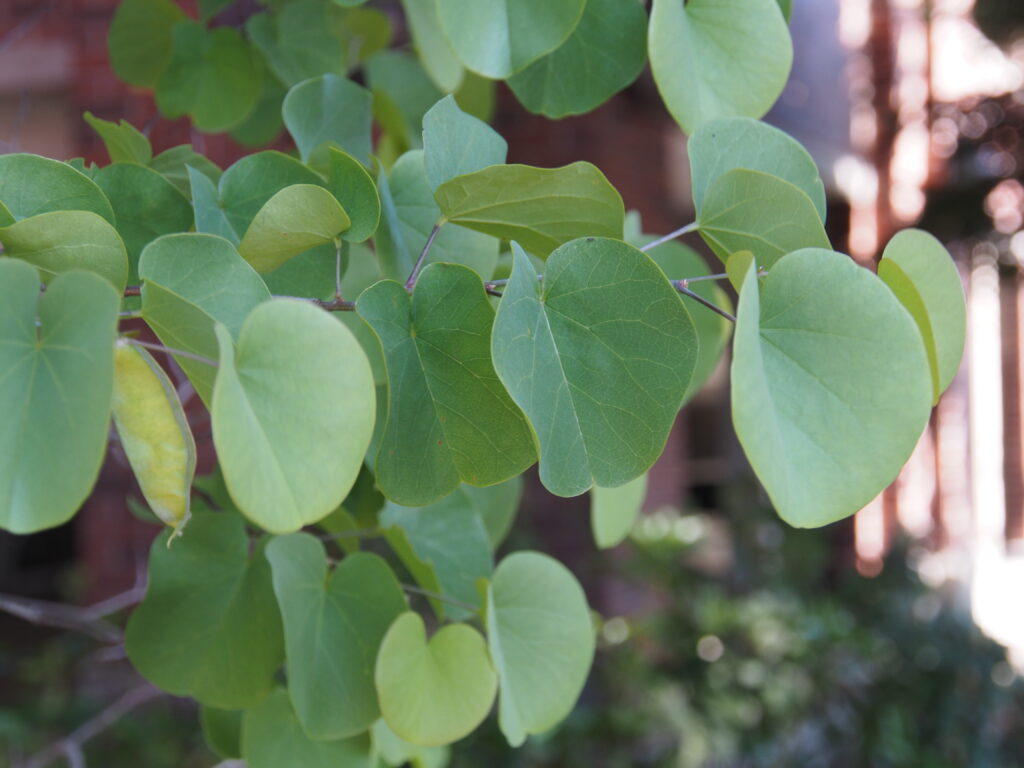Small Pollinator Habitat
BACK TO FULL TOUR
Garden Features
Drought Tolerant
California Natives
Drip Irrigation
Pesticide Free
Rainwater Harvesting System
Lawn Conversion
Wildlife Habitat
Partner: California Native Plant Society - Milo Baker Chapter
In the heart of bustling Santa Rosa, a modest lawn conversion has blossomed into a vibrant oasis of native California flora, embodying both creativity and conservation. What was once a traditional, water-guzzling lawn has been artfully transformed into a sanctuary that not only saves precious resources but also enriches the local ecosystem. At its center lies a charming rock fountain, its gentle babble drawing in a delightful array of wildlife while providing a serene soundtrack to the kaleidoscope of colors now adorning the front yard.
Beyond its aesthetic appeal, this garden embodies the ethos of ecological harmony. Carefully chosen native plants, selected for their drought tolerance, are thoughtfully interspersed throughout the landscape, creating a symphony of blooms that beckon pollinators of all kinds. Bees are drawn to the aromatic sages and California Aster, while hummingbirds delight in the vibrant hues of the Fuchsia. Come summer, the water source becomes a vital lifeline for various critters, further enhancing the garden’s biodiversity.
One of the garden’s most enchanting features is its ever-changing tapestry of colors and scents. From the delicate blossoms of spring to the hardy flowers that brave the summer heat, each season brings a new chapter in the garden’s story, celebrating the cyclical rhythms of California’s climate. Amidst this botanical wonderland lies a cozy sitting area, inviting residents and neighbors alike to immerse themselves in the natural beauty that surrounds them.
As the sun dips below the horizon, the garden transforms into a magical setting for evening gatherings, where vibrant flower hues yield to the warm glow of twilight. What was once an overlooked front yard has evolved into a communal retreat, fostering connections among neighbors and providing a shared space to revel in the wonders of nature.
By exclusively featuring native, drought-tolerant plants, this design exemplifies water-wise landscaping practices, contributing to broader water conservation efforts. It stands as a shining example of how even a modest lawn conversion can serve as a beacon of biodiversity, resource conservation, and tranquility. In its essence, this humble front yard serves as a testament to the transformative power of thoughtful landscaping, inspiring others to embrace sustainable practices and cultivate their own slice of paradise, no matter how small.
Pollinate Collective by April Owens Design designed, constructed and maintains this garden.
Special Events
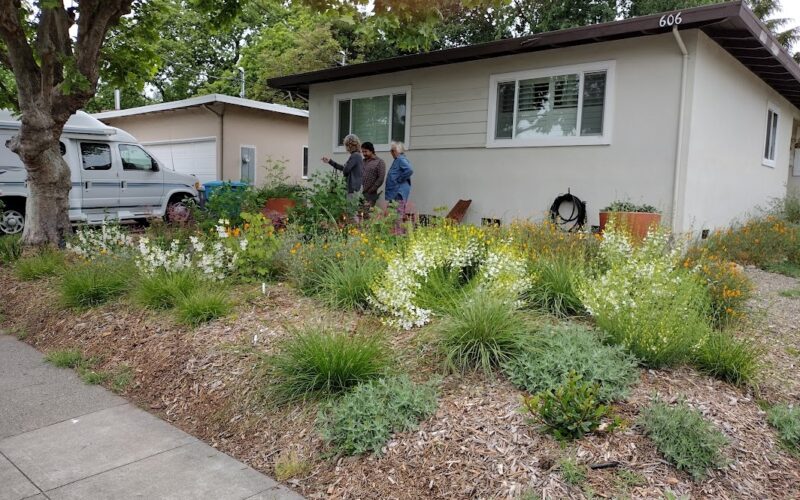
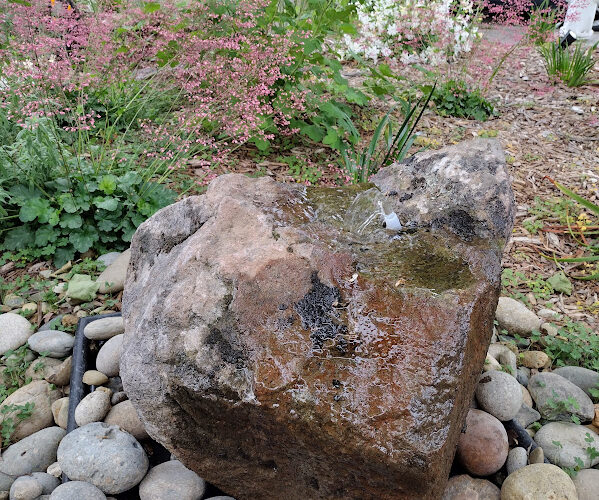
Plants in this Garden
Favorite Plants
Crevice Alum Root
Heuchera micrantha
Canyon Snow Iris
Iris ‘Canyon Snow’
Everett's Choice California Fuchsia
Epilobium canum ‘Everett’s Choice’
Deer Grass
Muhlenbergia rigens
Yerba Buena
Satureja douglasii
Favorite Garden Suppliers
Cal Flora Nursery
2990 Somers Street Fulton
Recommended Resources
Gardening Tips
Start with the most resilient and hardy varieties.
